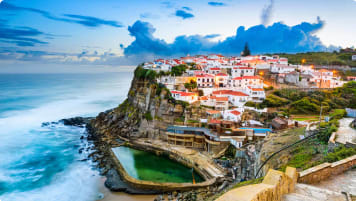Highlights of Portugal | Sintra
Sintra was the summertime escape of European royalty and nobility and today is replete with beautiful gardens, castles and palaces to explore.
13 Jan 20 · 7 mins read

Highlights of Portugal | Sintra
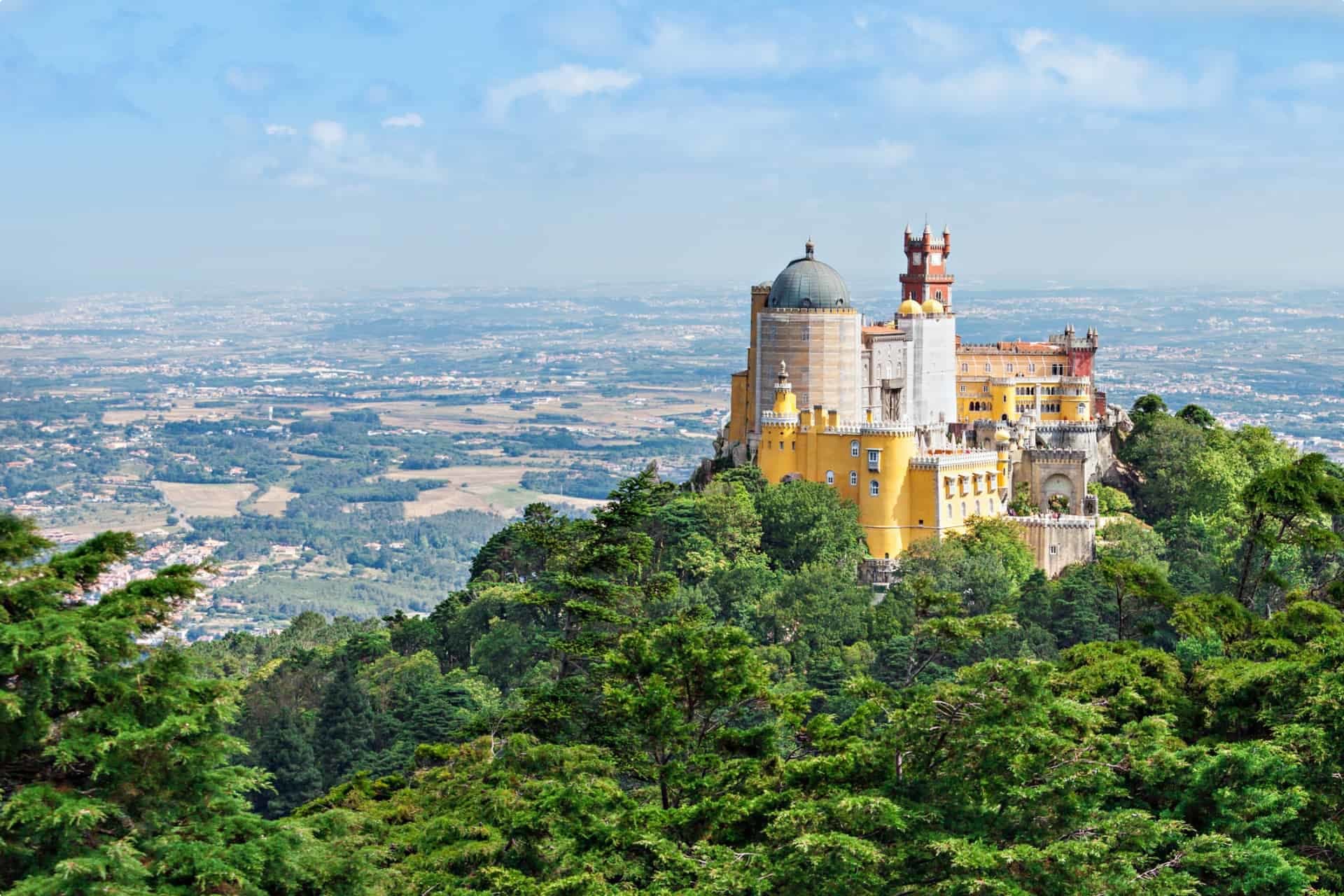
Sintra is like something out of a fairy tale. A town nestled among the pine trees on the edge of the lush Sintra-Cascais Natural Park, Sintra was the summertime escape of European royalty and nobility and today is replete with beautiful gardens, castles and palaces to explore. The town’s centre, Sintra-Vila, is a UNESCO World Heritage Site and easily accessible from Lisbon, just a forty-minute train ride away. The English author Robert Southey referred to Sintra as ‘the most blessed spot on the whole inhabitable globe.’
History of Sintra

During the Roman occupation of the Iberian peninsula, Sintra was part of the Roman Galeria and today there some Roman remains in Sintra show that there was a Roman presence in the area from the 1st and 2nd centuries until the 5th century. Roman occupation was followed by Moorish occupation and then in July 1109, Count Henry reconquered the Castle of Sintra (now the National Palace of Sintra). After the conquest of Lisbon in October, 1147 King Afonso I, supported by the crusaders, conquered Sintra and took over both the Castle of Sintra and the Castle of the Moors. Sintra was integrated into Christian dominions along with Almada and Palmela after their surrender. King Afonso I established the Church of São Pedro de Canaferrim within the walls of the Moorish Castle to mark his success. In the centuries that followed, Sintra became the playground of the Portuguese monarchy, who built palaces and houses in the forests.
The proclamation of a Portuguese Republic in 1910 transformed the bohemian atmosphere of Sintra. Economic development was promoted and different industries began to grow, particularly with the urbanisation of the town once a rail link to Lisbon was built. Summer travellers began to make their way to Sintra and this resulted in the building of many Portuguese summer residences. These projects benefited the town, increasing tourism and attracting notable and wealthy Portuguese residents.
Today, Sintra is one of Portugal’s most expensive and sought after real estate markets, known for its historic villas, luxury estates and impressive culinary scene. It is consistently ranked as one of the best places to live in Portugal.
Sights to See
National Palace of Sintra

The Palacio Nacional de Sintra is the best preserved medieval royal palace in Portugal, with its structure remaining more or less unchanged since the 16th century. It has also been inhabited almost continuously since at least the early 15th century up until the late 19th century. The royal palace is the star of Sintra-Vila, the centre of Sintra, and instantly recognisable from the iconic twin conical chimneys that dominate the skyline.
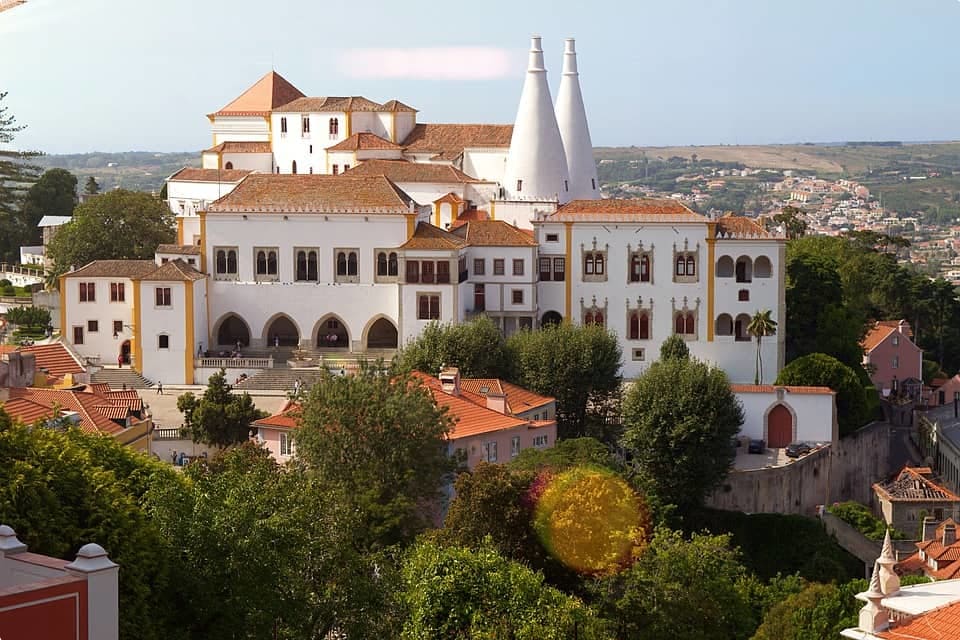
Originally, the site of the palace was a Moorish castle and the residence of the Islamic Moorish Taifa of Lisbon rulers of the region. In 1147, the village was conquered by King Afonso I, who took the castle for his own use. However, the first king to start updating and renovating the palace was King Dinis I (reigned 1279–1325). Today, the main surviving feature from his changes is the Royal Chapel. The chapel’s tiled floors and geometrically patterned wooden ceiling are some of the oldest examples of Moorish craftsmanship in Portugal (Dinis commissioned Moors living in the neighbouring village to help with the chapel).
The palace that we see today is mostly the work of King João I in the 15th century and King Manuel I in the early 16th century. King Joao I added a kitchen and the conical chimmneys, the elegant Swan Room (with swans painted on the ceiling) and beautiful patios embellished with geometric azulejo tiles. King Manuel I added a whole wing to the palace (Manuel’s Wing) and the Coats of Arms Room.
The site was chosen to be a royal palace because of its proximity to Lisbon, the agricultural quality of the area, and the well-stocked hunting grounds. As a result, this is the place which Portuguese royals would have called home for more of their history than anywhere else. In the 19th century in particular, the Palace of Sintra was frequently inhabited. In 1910, with the foundation of the Republic, it became a national monument and it was restored in the 1940s. Since then, it has become an important historical attraction.
Quinta da Regaleira
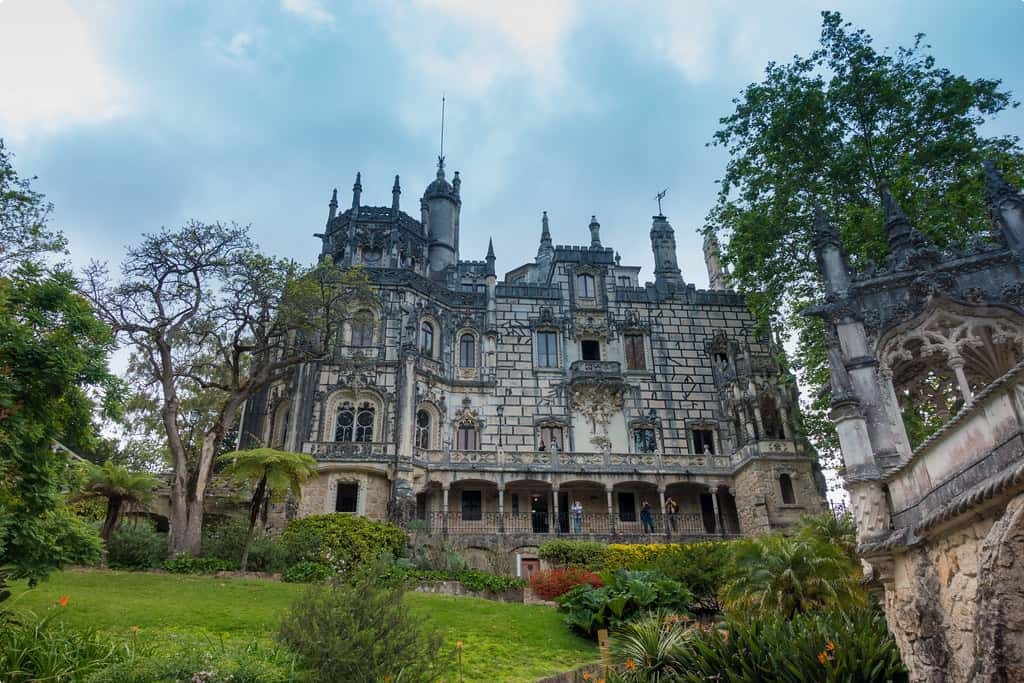
One of the delights of Sintra is the enchanting 20th century estate, Quinta da Regaleira. Incredibly ornate and eccentric, the decorative residence exists thanks to António Augusto Carvalho Monteiro, a Brazilian-born entomologist. Carvalho Monteiro amassed a great fortune in Brazil and purchased Quinta da Regaleira, then an elegant summer retreat with a majestic house and chapel, at a public auction in 1893. Inspired by the nearby Pena Palace and the Neo-Manueline style of Buçaco Palace in Mealhada, Carvalho Monteiro hired Luigi Manini (who designed Buçaco Palace) to transform the Quinta da Regaleira. Manini’s project was completed in 1911 and the result was a design full of mysticism and theatre: a magical palace surrounded by gardens full of secret passageways and underground grottoes. It is said that hidden throughout the estate are symbols related to alchemy, Masonry, the Knights Templar, and the Rosicrucians.
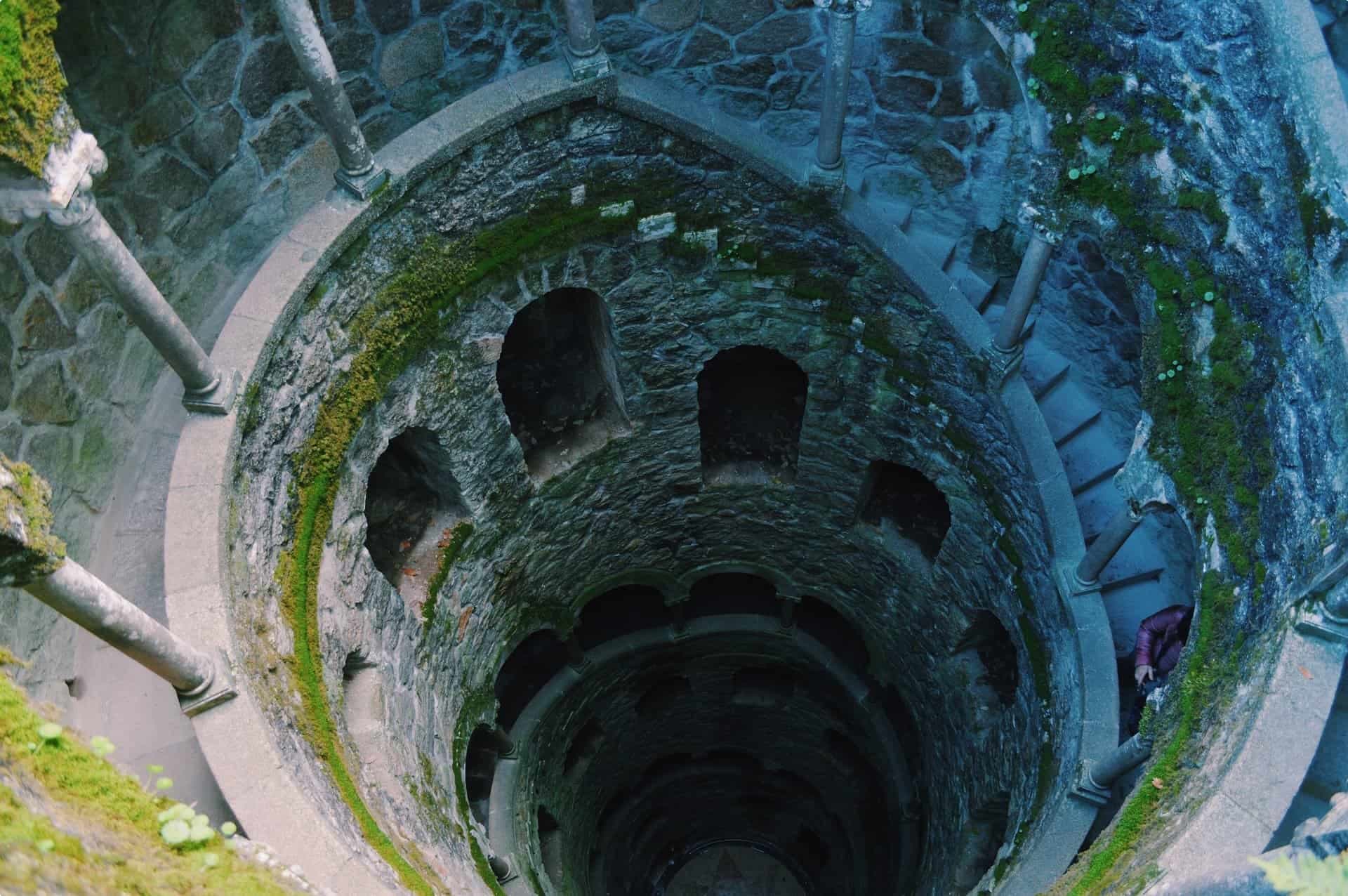
One of the most unique attractions at Quinta da Regaleria is the Initiation Well, a subterranean tower sinking 27 metres into the earth accessible by a monumental spiral staircase. The incredible feature has never contained water but instead the well was reportedly used for initiation rites and passages and the stairs will lead you to the bottom of the well. From the bottom, you can follow different underground passages and explore more of the parks and gardens. It is an extraordinary experience and one of the most amazing and curious aspects of the Quinta da Regaleria.
The Castle of the Moors
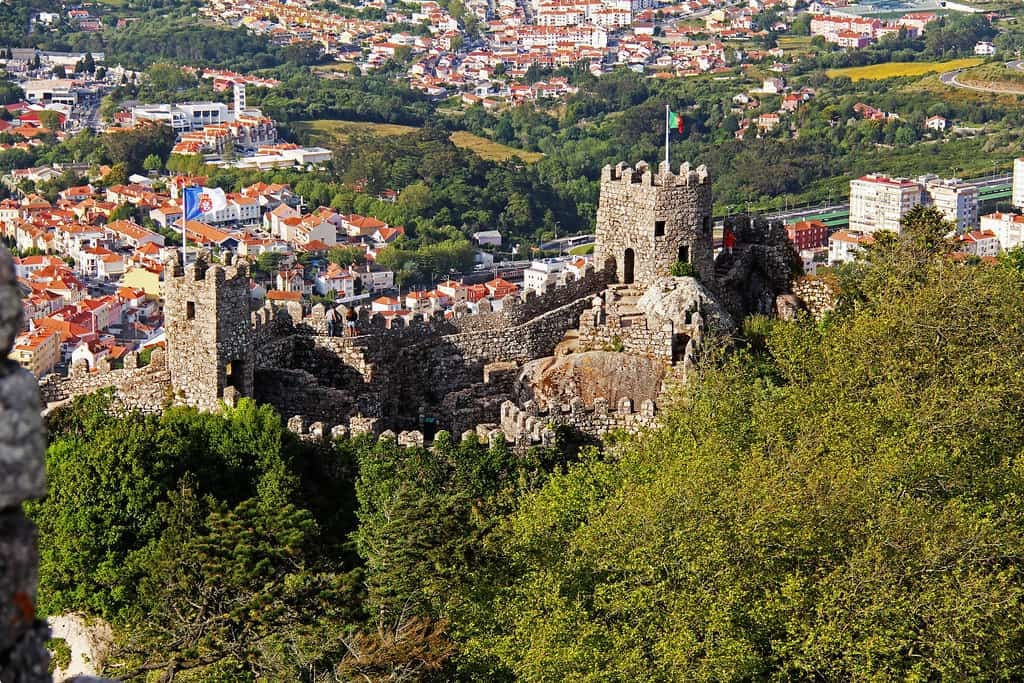
The Castle of the Moors sits at an altitude of 412 metres atop a wooded hill, and with its iconic ramparts stretching down the mountain ridges, it is a breathtaking sight to behold. Built in the 8th and 9th century by the North African Moors during their conquest of the Iberian Peninsula, the castle was taken by Christian forces after the fall of Lisbon in 1147. Archaeological excavations at the site showed that a mosque and a few homes once stood there in Moorish times. Once conquered by Afonso I, a small chapel was built and while the monarchs of Portugal continuously used the castle, it was not as important as it had been during the Moorish rule.
The castle was restored in the 19th century by King Ferdinand II and in 1954 a few of the cliffs were cleared to establish a picnic area near the castle, with the hopes of encouraging tourism. Much of what remains of the Castle of the Moors is the fortified stone walls which visitors can walk along. These are connected to lookout towers that provide incredible views of Sintra and the surrounding forests.
Pena Palace

Sitting atop a verdant hill in São Pedro de Penaferrim, Sintra, the Pena National Palace is a Romanticist castle and UNESCO World Heritage Site. In 1840, King Ferdinand II (then Ferdinand of Saxe Coburg-Gotha), the husband of Queen Maria II, commissioned Prussian architect Ludwig von Eschwege to build the palace as a summer residence for the Portuguese royal family.
Ferdinand was known for having opulent tastes and he wanted a magnificent castle built that featured all kinds of architectural styles, meaning the result was a palace that was simultaneously Neo-Gothic, Neo-Manueline, Neo-Islamic and Neo-Renaissance. It is said to have been inspired by Stolzenfels and Rheinstein castles and Potsdam’s Babelsberg Palace. Today, it is considered to be one of the grandest examples of 19th-century Romanticism.
In 1910, the royal family fled Portugal during the Revolution and the palace and its grounds fell into disrepair. However, they were restored later in the 20th century and the complex is now open to visitors. The stunning Pena Park surrounds the palace and spreads out over 200 acres of land. Labyrinthic in style, the park is filled with walking routes, secret paths, pavilions, lakes, ponds and exotic trees. One of the most romantic ways to explore the park is by horse-drawn carriage, which allows you to see Lakes Valley, the Chalet of the Countess of Edla, the Pena Farm and the Garden of the Countess of Edla. You can take a public or private horse-drawn carriage ride through the grounds.
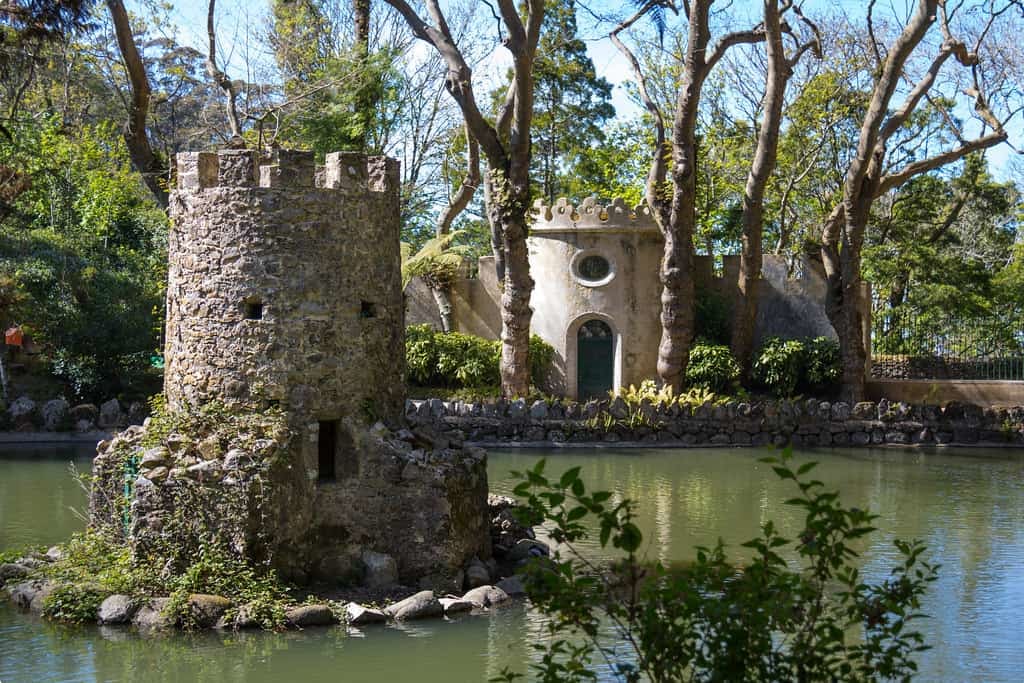
Sintra makes for a great day trip from Lisbon but there are countless sites and monuments to see and hidden gems to explore if you have more than a day. As well as the historic centre, there is the national park and Sintra mountains and the coast (Praia da Adraga) is just a 20-minute drive from town. If reading about this magical place has sparked your interest in visiting Sintra, you may want to look at our Discover Portugal tour. On this tour, we visit the colourful Pena Palace, the wonderful Quinta da Regaleira and try the travesseiros (puff pastry filled with almond cream) from Piriquita, a famous local cafe and bakery. We also stop in Sintra on our Spain and Portugal tour.
Articles about Portugal published by Odyssey Traveller.
- Questions about Portugal
- The Golden Years of Lisbon
- ‘Queen of the Sea’: A History of Lisbon
- Portuguese in Africa
For all the articles Odyssey Traveller has published for mature aged and senior travellers, click through on this link.
External articles to assist you on your visit to Portugal.
Related Tours

18 days
Aug, AprDiscover Portugal
Visiting Portugal
Join Odyssey Traveller small group journeys with like minded people on this immersive 18-day escorted tour of Portugal. This travel experience takes us from the capital of Lisbon, through Portugal's many historic cities and key UNESCO World heritage sites.
From A$11,275 AUD
View Tour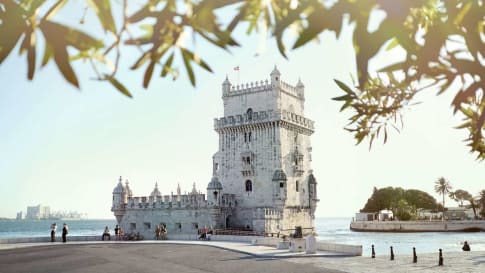
21 days
Jun, SepLisbon & Barcelona small group tour
Visiting Portugal, Spain
An escorted tour for like minded people that provides mature couples and solo travellers with daily itineraries that provide authentic experiences with qualified local guides in the great cities of Lisbon and Barcelona over 21 days. For solo travellers a nominal single supplement is charged.
From A$14,250 AUD
View Tour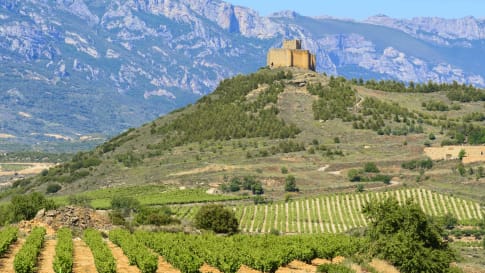
24 days
Apr, Oct, MarSmall Group Guided Tours of Spain and Portugal
Visiting Portugal, Spain
Our program explores the lands of Spain and Portugal, two countries bound by many centuries of history reflected in their modern cultures. Divided by history and language, contiguous neighbours Spain and Portugal were once host to gigantic empires that still bear their languages and lifestyles. A small group tour for couple and solo travellers.
From A$16,225 AUD
View Tour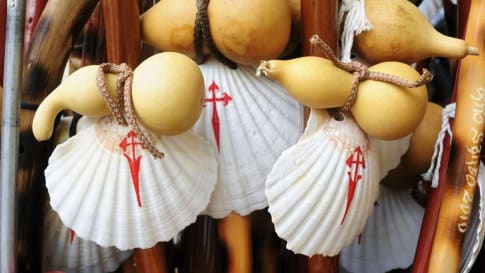
19 days
Sep, Jun, AugSaint James Way Small Group Walking Tour (The Camino)- Spain
Visiting Portugal, Spain
Experience pleasant sections of the Way of Saint James, crossing some of Spain’s most beautiful landscapes. We follow the pilgrims on easy distances of The Way to the mythical destination, Santiago de Compostella. Not since the middle ages has this adventure for body and mind been more popular. We also get to discover the artistic highlights and rich history of Northern Spain and Portugal, as well as enjoying local wines and exquisite food.
From A$14,135 AUD
View Tour

